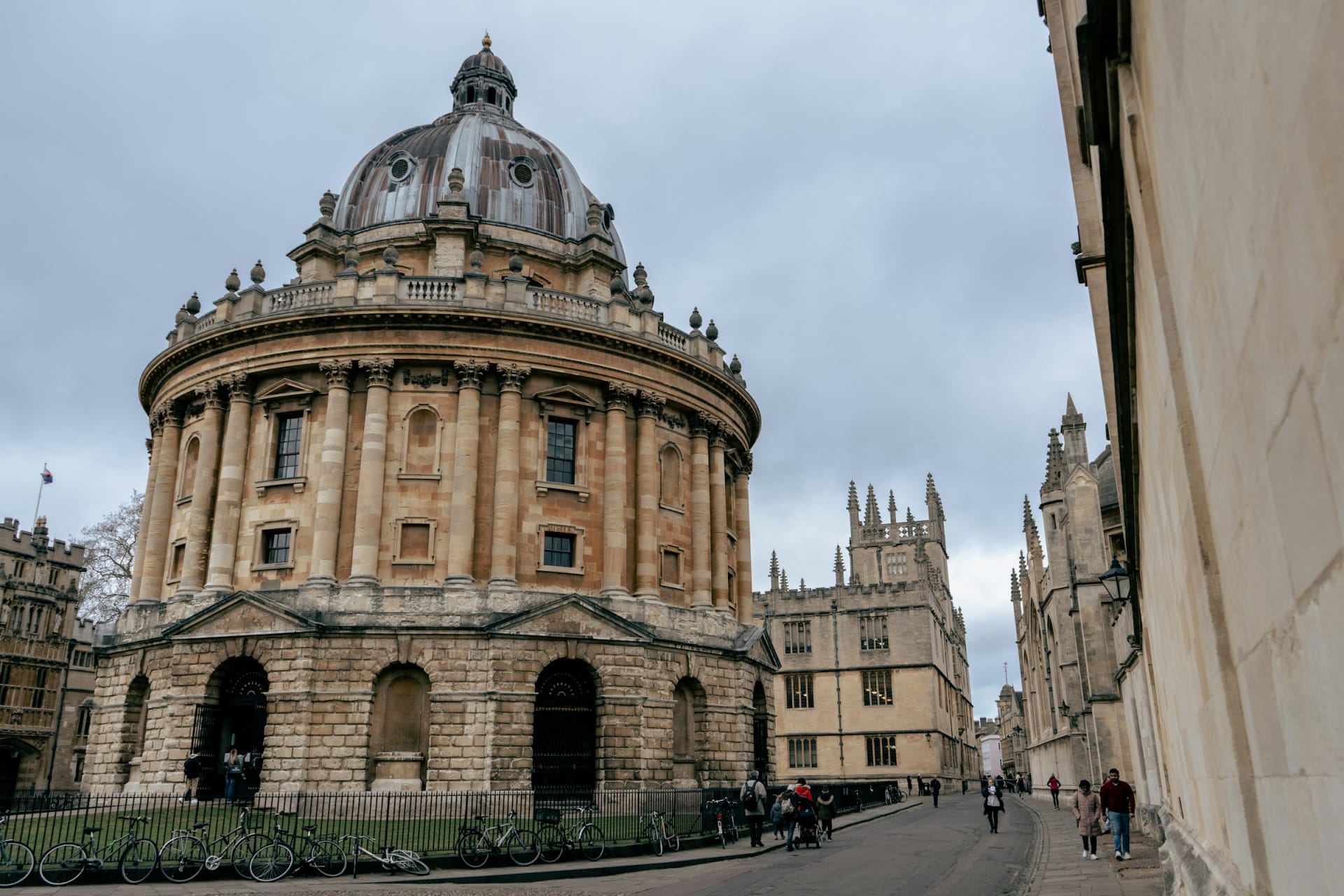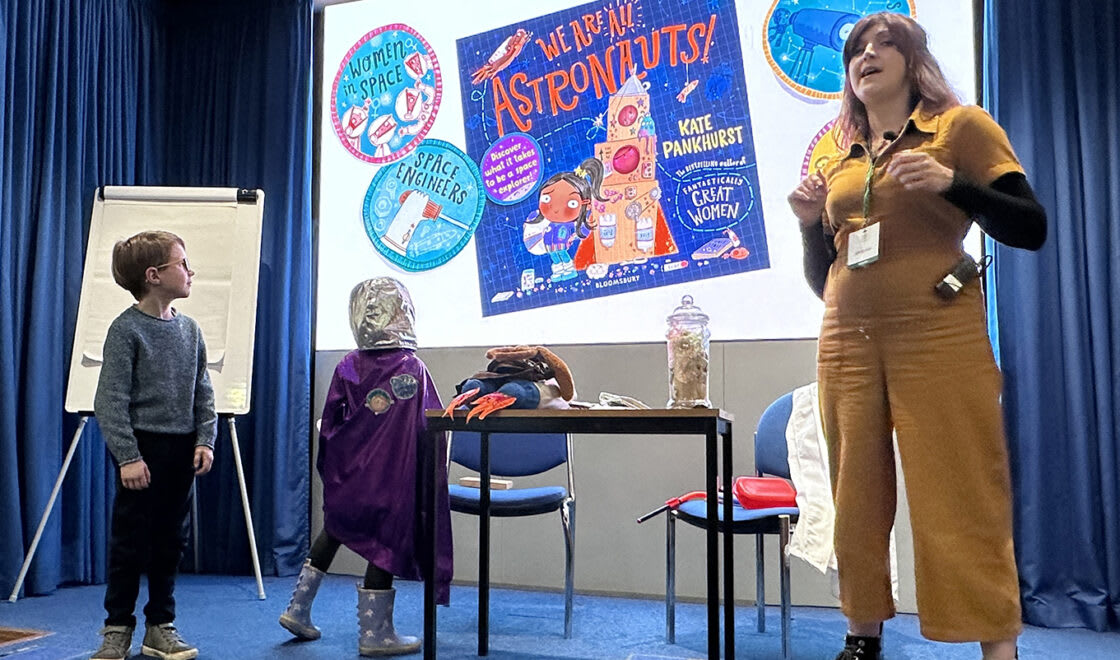Marine biologist, underwater photographer, author and dive expedition leader, Richard Smith’s book ‘The World Beneath: The Life and Times of Unknown Sea Creatures and Coral Reefs’ is an informative title introducing us to the creatures of the sea – some of which are facing extinction – and the ways in which we can help.
How did you get into this line of work?
You know how little kids want to be a fireman? Well, I wanted to be a zoologist as soon as I learnt the word. I was a little Gerald Durrell running around collecting animals in the garden – it just grew from there. I got into diving when I was 16, but it was mostly to enable me to see animals underwater. I started to take photographs to collect images of the creatures I was seeing and get some species identifications. I did my degree in zoology at The University of Southampton and subsequently went to Australia to do my Master’s degree and PhD. My PhD needed me to have existing diving and photography skills, which all came together over a really long journey. I was always obsessed with animals and their behaviour, so I was planning ahead without realising it.
I was surprised to find that you don’t actually live near the sea.
I grew up with a passion for nature, which wasn’t particularly focused on marine life. After I learnt to dive it revealed this whole other world. I learnt about animal behaviour and ecology through my zoology degree, but later applied this to life underwater in my master’s and PhD.
What would you say is a normal day at work for you?
I feel like my job is probably the least ‘day-to-day’. Sometimes I can be leading a dive group in New Guinea exploring somewhere no one’s ever dived before or looking for animals that nobody’s ever photographed before, or it can be back in the UK writing a scientific paper, so it’s quite a lot of extremes. I’m usually away for about four months of the year.
What do you think is the biggest threat to marine life?
The thing I wanted to do with the book was introduce people to the animals of coral reefs and their personalities. Coral reefs are one of those ecosystems that people hear about but rarely see. They’re occasionally on TV, but people don’t realise how amazing an ecosystem they really are if they haven’t been lucky enough to witness one first-hand. It’s really important for people to know that they possibly won’t exist beyond 2050 because of climate change and coral bleaching. Coral bleaching occurs when water temperatures increase and the little algae – which are crucial for the health of the coral – within their cells leave due to the heat stress. It only needs to be two degrees above the average for that time of year, to cause huge coral bleaching events around the world. We’ve had three global events now and each one has taken a huge percentage of the corals off the planet which is terrifying and devastating. The fact that they’re getting stronger, more drawn out and more extreme each time doesn’t bode well for the coral reef, so I really wanted to share with people the danger that they’re in.
Do you have an aspect of your job which you feel is the most challenging?
I love my job, but the challenging part is seeing the change underwater. I started diving when I was 16 so it’s been nearly 25 years now and I really have seen a difference. I went to the Maldives just as the first global coral bleaching event was happening, and I didn’t know enough at the time to realise what it was or how devastating it would be. When I went back almost 20 years later, the reefs were fundamentally different; there weren’t really those corals building the reef anymore, they were just base rock. Early in my career, my dives were full of sharks, and then you go back after shark finning has taken its toll and you don’t see a single shark. I went to Indonesia doing months of diving for my research and I saw one shark. People might think that’s wonderful because you don’t want to see sharks but when you’re a diver and a marine biologist you just want to see a healthy ecosystem. One hundred million sharks are caught a year for their fins, which are used to supply the Asian shark fin soup trade, which is just completely unsustainable. Seeing those changes, that’s the really hard part.
There are some creatures in the book which probably wouldn’t be seen if they weren’t photographed because of how small they are. Are there other creatures which would go unheard of if you didn’t make the effort to learn about them in a book like this?
I think people would be surprised by how much there is that they hadn’t realised existed in the oceans. Personally, I’ve named two pygmy seahorse species but there are tonnes of pictures and stories in the books about creatures that I’ve seen which have not been named yet. A little arthropod comes to mind that lives inside a sea squirt and is no bigger than a ladybird. I sent pictures off to a world expert and he said he’d not seen it before and it’s likely a new species – there are so many examples like that.
Your book focusses on what we can do to preserve sea life, what should we all be doing to help?
I think we all need to be more conscious of how much we consume and try not to over-exploit the planet’s resources. Things like recycling and reusing are extremely important, as well as consciously reducing our footprint as much as possible. Trying to get our government to do as much as they can as well – at the moment the government is about to vote on whether we should be allowed to import shark fins into the UK so if we can put a bit of pressure on them to do the right thing and act responsibly, that all helps.
What else are you currently working on?
I’ve recently named a new pygmy seahorse from South Africa which is exciting. I’m also working on naming a new species of pygmy pipehorse, which will probably be out next year I’d imagine.
Do you have a top diving experience?
I’ve had so many amazing experiences but seeing the pygmy seahorses giving birth was probably the most memorable. I spent hundreds of hours watching every behaviour of Tom and Josephine – who were two of the seahorses I studied during my PhD – until I figured out when they were going to be giving birth. I was there at the crack of dawn to see little Tom, just 2 centimetres long, swim off and release half a dozen little babies. After giving birth, he headed right back to Josephine and they did their little courtship dance and then they mated again. I know nobody else has ever seen that, so that was a really incredible thing to witness…whilst also being attacked by some triggerfish who were nesting right next to them.
Richard Smith’s ‘The World Beneath: The Life and Times of Unknown Sea Creatures and Coral Reefs’ is available now (Apollo Publishers).
All Images included were taken by Richard Smith
______________________________________







